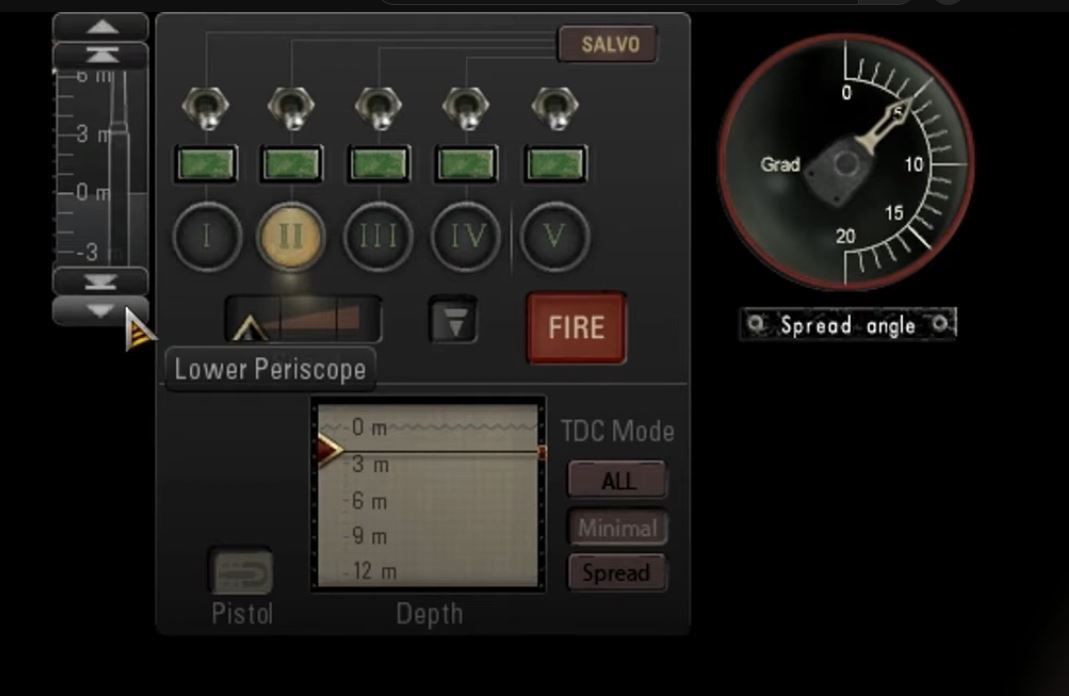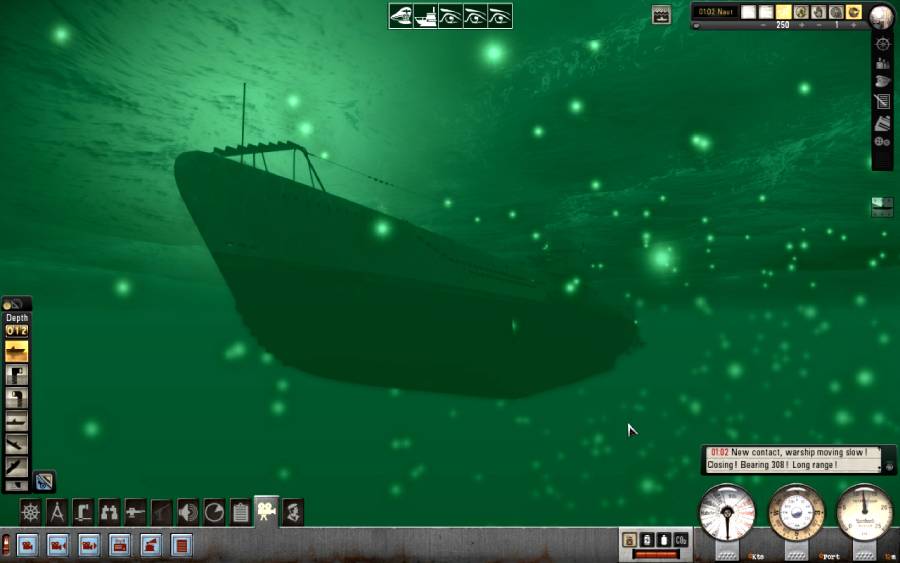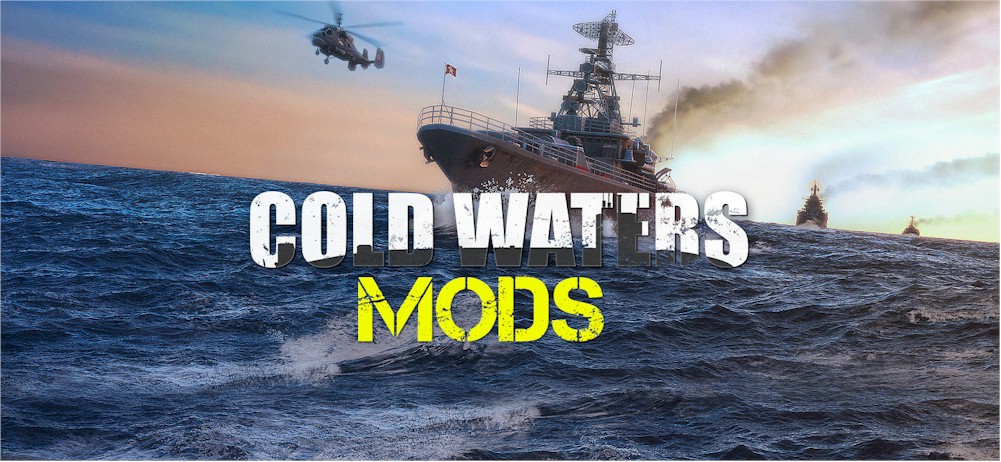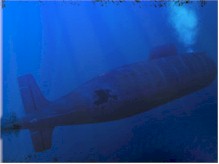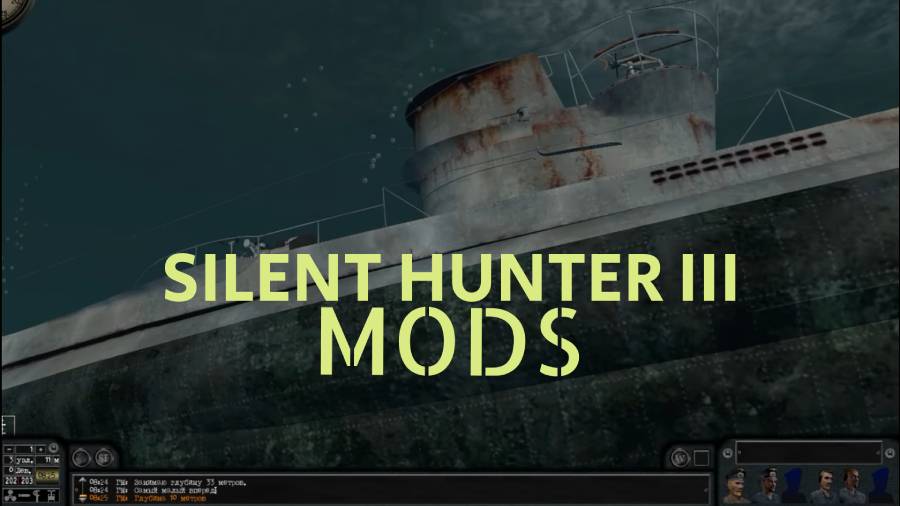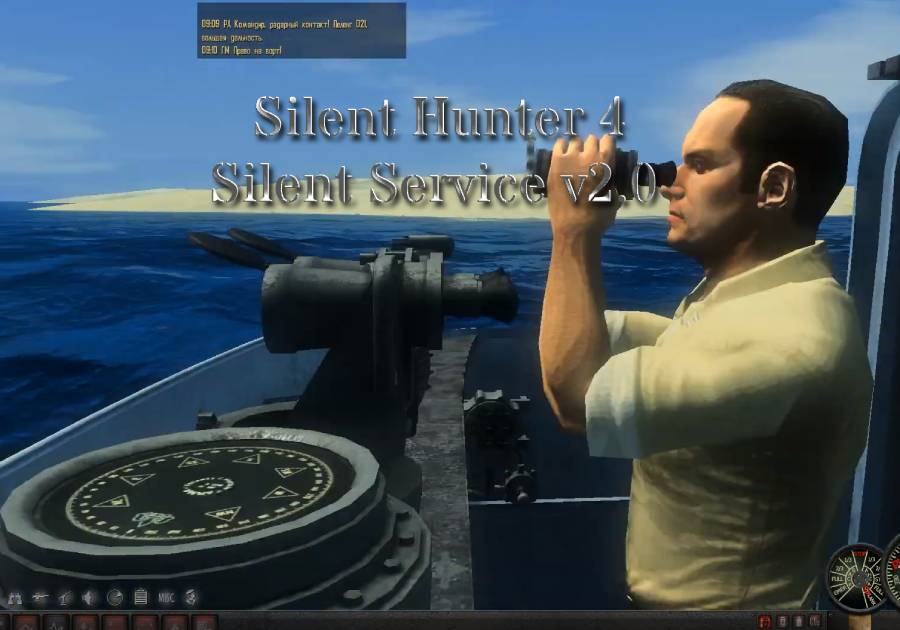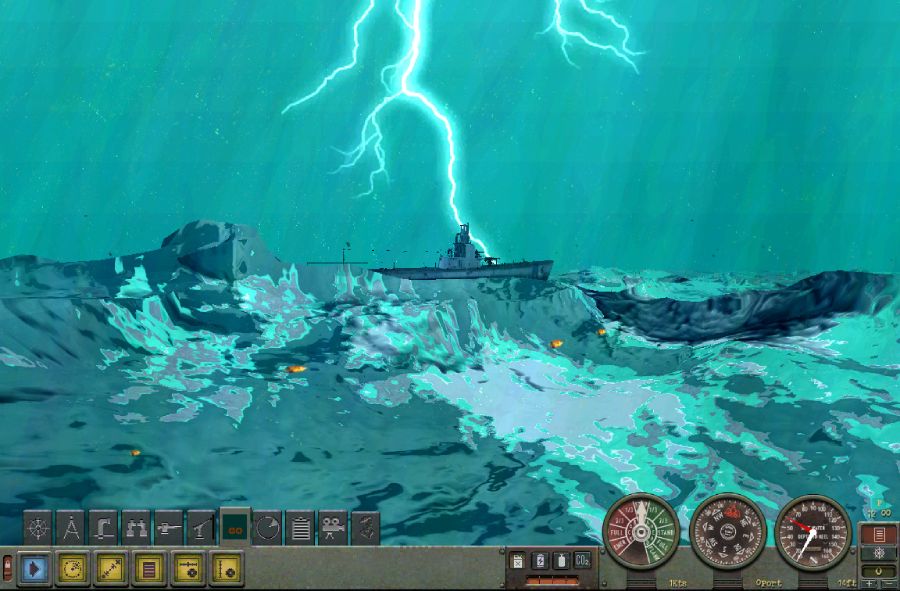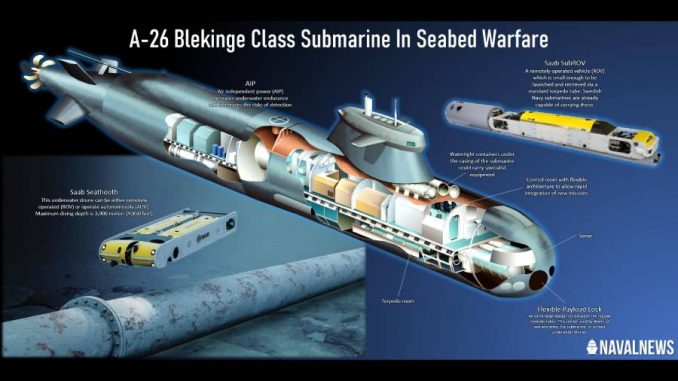
Sweden’s new A-26 Blekinge Class submarines have been designed with covert missions in mind. Traditionally these would include special forces and intelligence gathering. Now as the naval world pivots towards seabed warfare, the Swedish submarine might find a new niche. One that the design is uniquely suited to.
The September 26 attack on the Nord Stream pipelines off Sweden and Denmark are a wake up call for western navies. Seabed warfare has been a bullet point in PowerPoints for the last 20 years, now it is getting real. Sweden’s submarine force, and particularly the future A-26 Blekinge class, may be very relevant. And, fortunately for NATO, inherently well suited.
Seabed warfare is nothing new. Since the early days of submarines some missions have involved aspects of it. In World War Two British X-craft midget subs were used to cut Japanese communications cables. And it would be remiss not to mention Operation Ivy Bells, the U.S. Navy’s Cold War mission to tap Soviet communications. And Britain’s SBS used diesel subs to retrieve Soviet listening devices laid off the UK. During the 1980s it was the Swedes’ turn to play the game, with numerous suspected Soviet submarine incursions in their waters.



